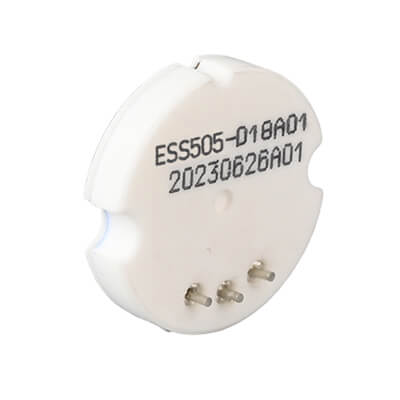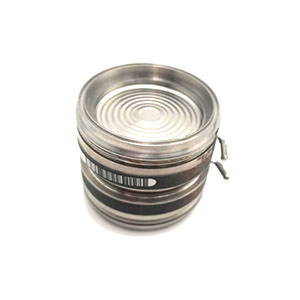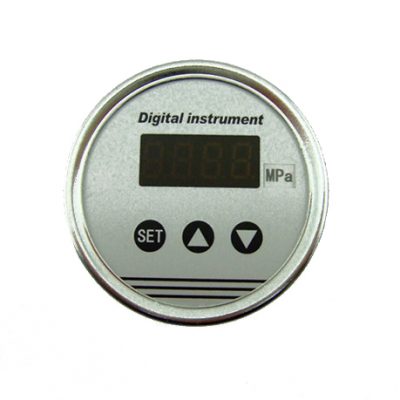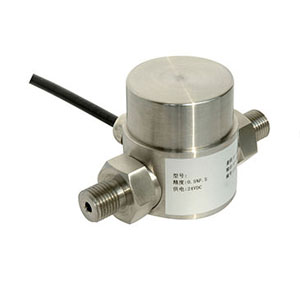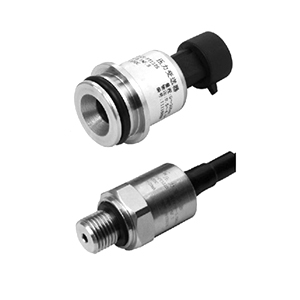Introduction
Ceramic piezo resistive pressure sensor is one of the most popular models that adopt the sensing technology of ceramic piezo resistive, which have excellent piezo-resistive sensing features like high stability, good accuracy and temperature features, what is more, ceramic piezo resistive pressure sensor also have remarkable ability to work under corrosive situation where silicon piezo-resistive sensing is not very suitable.
The demand for more robust, stable, and versatile pressure sensors led to the development of ceramic piezo resistive pressure sensors. These sensors employ a ceramic diaphragm combined with a Wheatstone bridge, screen-printed with conducting layers. Ceramic piezo resistive pressure sensors offer several advantages, such as:
- – High accuracy levels
- – Long-term stability
- – Wide pressure range
- – Resistance to corrosion and abrasion
- – Versatility in various applications
As a result of their unique benefits, ceramic piezo resistive pressure sensors have become an attractive choice for both engineers and manufacturers.
The Design and Composition
Ceramic piezo resistive pressure sensors bring together the unique characteristics of ceramic materials and advanced thick film technology, creating a highly reliable and stable pressure sensing solution. Here, we will explore the design and composition of these sensors, focusing on the materials used, the importance of the ceramic substrate, and the screen-printed resistive circuitry and electrodes.
Materials used in the Construction
Ceramic piezo resistive pressure sensors employ a combination of materials that work together to ensure durability, precision, and stability in various environments. The primary materials used are:
Ceramic substrate: Alumina (Al2O3) or zirconia (ZrO2) are the most common ceramic materials for the substrate. They provide excellent mechanical and thermal characteristics, contributing to the sensor’s resistance to pressure, temperature, and corrosion.
Thick film materials: A combination of conductive and resistive paste materials, usually comprising metal alloys or metal oxide mixtures, are used to create the sensing elements and their conducting paths.
Protective coating: An additional layer of glass or polymer material may be applied to shield the sensing elements from mechanical damage and corrosive effects.
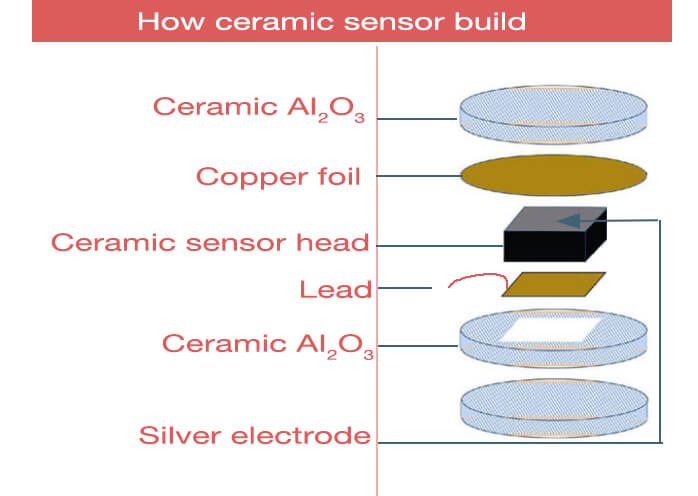
The Role of Ceramic Substrate
Stability and Strength: The Foundation for Resilience
When it comes to pressure sensing, stability and strength are paramount. Ceramic materials, with their excellent mechanical properties, provide the robust and durable foundation that ceramic thick-film pressure sensors require.
Chemical Resistance: Thriving in Harsh Conditions
In many industrial and process control applications, the pressure sensors are exposed to a wide range of corrosive gases, liquids, and chemicals. Ceramic substrates shine in this regard, offering exceptional resistance to these harsh elements.
Thermal Stability: Maintaining Precision Across Extremes
Temperature fluctuations can wreak havoc on pressure sensing systems, but ceramic substrates are engineered to withstand these challenges. With their low thermal expansion coefficients, ceramic materials can accommodate wide temperature ranges with minimal impact on the sensor’s performance.
Compatibility: Forging a Reliable Bond
The integration of thick-film pressure sensing elements onto the substrate is a critical step in the sensor’s fabrication. Ceramic materials exhibit excellent compatibility with the thick-film materials, facilitating a stable and reliable bond between the two. This compatibility helps to ensure the sensing elements remain firmly in place, maintaining the sensor’s integrity and performance over its lifetime.
Screen-printed Resistive Circuitry and Electrodes
The Wheatstone Bridge: The Heart of Pressure Sensing
At the core of a ceramic thick-film pressure sensor is the resistive circuitry, typically designed as a Wheatstone bridge. This ingenious configuration consists of four resistive elements that are strategically deposited onto the ceramic substrate using the screen-printing process.
As pressure is applied to the sensor’s diaphragm, these resistive elements change their resistance in a predictable and measurable way, enabling the accurate detection and monitoring of the applied pressure.
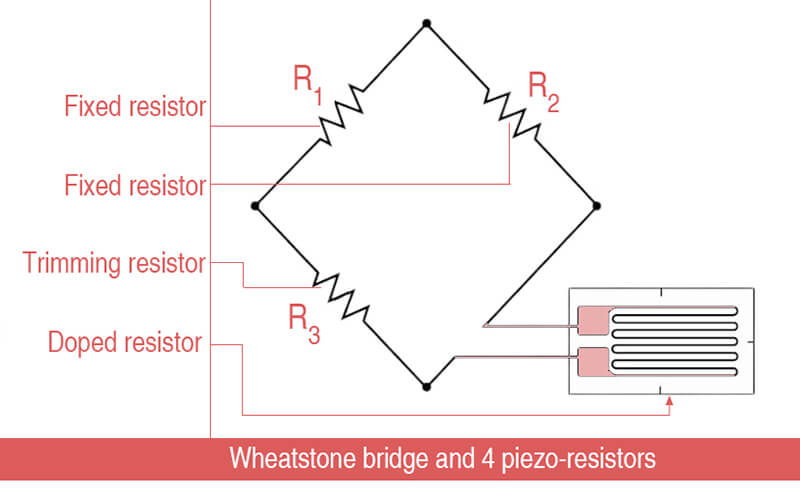
Reliable Conductive Pathways: Ensuring Robust Electrical Connectivity
In addition to the Wheatstone bridge, the screen-printing process also allows for the creation of consistent and reliable conducting paths on the ceramic substrate. These conductive traces play a crucial role in transmitting the electrical signals from the sensing elements to the external connectors or circuitry, ensuring the seamless flow of data and enabling precise pressure measurements.
Stable and Robust Electrodes: The Backbone of Electrical Integration
Complementing the resistive circuitry and conductive paths, the screen-printing process is also used to deposit metal electrodes onto the ceramic substrate. These electrodes, typically made from materials such as silver, gold, or platinum, provide stable and reliable electrical connections between the sensing components and the external interface.
Precision and Repeatability: The Hallmarks of Screen-Printing
The beauty of the screen-printing process lies in its ability to create these critical sensor elements with remarkable precision and repeatability. By carefully controlling the deposition of the conductive and resistive materials, engineers can ensure consistent and reliable patterns, ensuring the sensor’s performance remains stable and predictable over its lifetime.
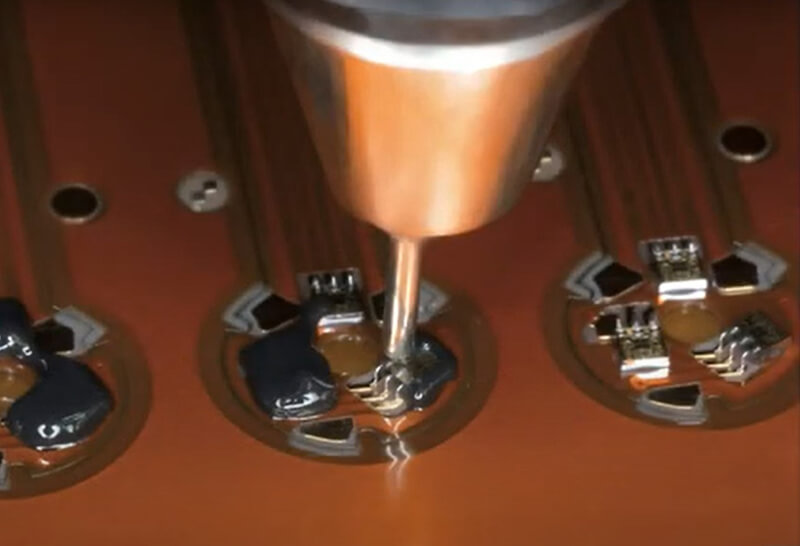
Unlocking the Full Potential of Ceramic Thick-Film Pressure Sensors
The screen-printing process is a testament to the engineering prowess that goes into the fabrication of ceramic thick-film pressure sensors. By leveraging this advanced manufacturing technique, engineers can unlock the true potential of these remarkable devices, delivering unparalleled precision, reliability, and performance in a wide range of industrial, automotive, and process control applications.
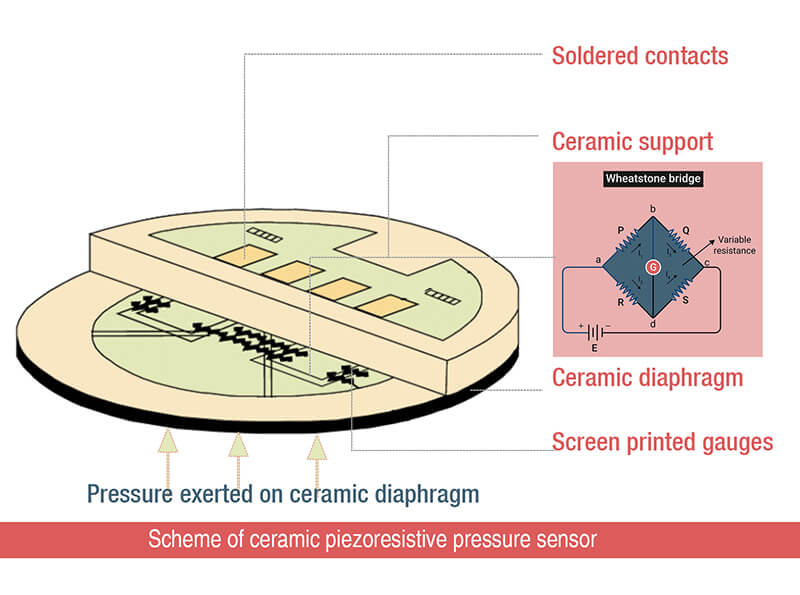
Applications of Ceramic piezo resistive Pressure Sensors
Ceramic piezo resistive pressure sensors have firmly established themselves as essential components in the pursuit of enhanced efficiency, safety, and performance across a wide range of critical applications.
Check below table for details of application that used ceramic piezo resistive pressure sensor
| Industry | Application | Pressure Range | Temperature Range |
|---|---|---|---|
| Automotive | Engine Control Systems | 0 to 250 kPa | -40°C to 125°C |
| Automotive | Transmission Systems | 0 to 60 bar | -40°C to 150°C |
| Automotive | Tire Pressure Monitoring | 0 to 450 kPa | -40°C to 125°C |
| Aerospace/Aviation | Altitude Sensing | 0 to 1100 hPa | -40°C to 85°C |
| Aerospace/Aviation | Engine Monitoring | 0 to 350 bar | -55°C to 150°C |
| Aerospace/Aviation | Hydraulic Systems | 0 to 1000 bar | -40°C to 120°C |
| Medical | Blood Pressure Monitors | 0 to 300 mmHg | 0°C to 55°C |
| Medical | Respiratory Devices | 0 to 100 cmH2O | 0°C to 50°C |
| Medical | Infusion Pumps | 0 to 50 psi | 0°C to 50°C |
Not suitable cases
While ceramic thick-film pressure sensors excel in static or slowly varying pressure applications, they may not be the optimal choice for dynamic pressure measurement scenarios that require an exceptionally fast response time. In applications where the pressure changes rapidly, such as in high-speed automotive or aerospace systems, sensors with a quicker reaction time and higher bandwidth may be more suitable.
Although ceramic thick-film pressure sensors are known for their thermal stability, there are certain applications that operate in temperature ranges beyond the typical limits of these sensors (-40℃-125℃). In environments with extreme temperatures, either extremely high or cryogenic, specialized pressure sensing solutions designed for such conditions may be necessary to ensure reliable and accurate pressure monitoring.
In some applications, the materials used in the construction of ceramic thick-film pressure sensors may not be compatible with the specific chemicals, solvents, or media present in the operating environment.
In such cases, engineers may need to explore pressure sensing technologies that utilize alternative materials better suited to the given application’s requirements.
ESS5 series ceramic pressure sensor
| Model | ESS501 | ESS502 | ESS503 |
|---|---|---|---|
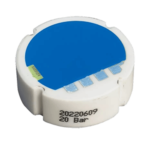 | 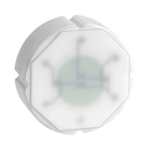 | 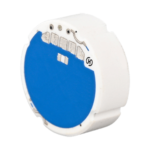 |
|
| Datasheet | Download | Download | Download |
| Sensing | Ceramic piezoresistive | Ceramic piezoresistive | Ceramic piezoresistive |
| Type | Monolithic | Flush diaphragm | Monolithic |
| Min range | 0-0.5bar | 0-5bar | 0-5bar |
| Max range | 0-480bar | 0-600bar | 0-400bar |
| Diameter | 18*3.5mm | 18*3.5mm | 18*3.5mm |
| Diameter | 21*6.5mm | 21*6.5mm | 21*6.5mm |
| Accuracy | 0.5% | 0.5% | 0.5% |
| Power supply | 2-30V | 2-30V | 2-30V |
| Output | mv | mv | mv |
| Working temp. | -40-135℃ | -40-135℃ | -40-135℃ |
| Temp. compensation | 0-50℃ | 0-50℃ | 0-50℃ |
Comparison among different piezo-resistive sensing
| Silicon Piezo-resistive | Ceramic Piezo-resistive | Thin-film Piezo-resistive | |
|---|---|---|---|
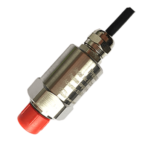 | 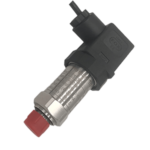 |
||
| Click to product page | EST330S | EST3120 | EST380 |
| Datasheet | Download | Download | Download |
| Principle | Piezo-resistive effect | Piezo-resistive effect | Piezo-resistive effect |
| Fabrication method | Diffused Silicon (single) | Thick-film Print | Thin-film spluttering |
| Sensing element | Made of silicon, where piezo-resistors are diffused into the silicon substrate. | Made of a ceramic material, typically a mixture of oxides, onto which a thick-film piezo-resistive layer is deposited. | fabricated using a sputtering deposition process, where a thin layer of piezo-resistive material is deposited onto a substrate, often silicon or ceramic. |
| MOC | SS316 | Ceramic Al2O3, dry type | Silicon nitride (Si3N4), ceramic |
| Min pressure to measure | 0-7kpa | 0-0.05bar | 0-4bar |
| Max pressure to measure | 0-1000bar | 0-480bar | 0-2200bar |
| Filled fluid | Silicon Oil | None | None |
| Highlight features | • High sensitivity • High stability • Good linearity • Temperature compensation | • High temperature resistance • Good chemical resistance • Cost-effective for high volume production | • High sensitivity • Good stability over time • Suitable for high-pressure applications |
| Suitable industry | • Biomedical instruments • Precision industrial controls • Aerospace and defense | • Automotive (e.g., engine management systems) • HVAC systems • Industrial process control | • Aerospace • Oil and gas industry • High-precision industrial applications |

